Alzheimer’s disease (AD) is the most common type of dementia. Coherent neural oscillations with a resultant frequency of 40 Hz (40 Hz oscillation) seem to play an important role in maintaining the correct stream of consciousness. In turn, people with AD may have this parameter underestimated. Moreover, it was noted that auditory stimulation in healthy […]
ageing
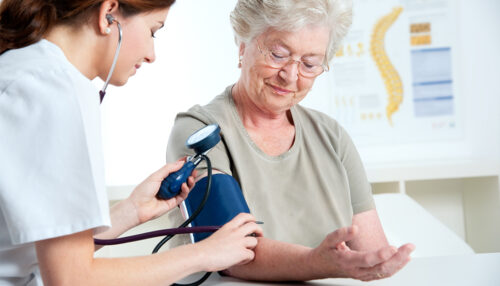
To increase the mobility of the joints in a warm-up before exercise and during regeneration after exercise, foam rollers are often used. The use of foam rollers with a built-in vibrator also seems to be an interesting solution. Vibrations can additionally stimulate muscular spindles and Golgi tendon organs, affecting proprioception. As some studies show, vibration […]

In order to increase the level of physical activity, a key strategy in the treatment of type 2 diabetes mellitus (T2DM), whole-body vibration (WBV; a type of vibrotherapy), is increasingly being used. The beneficial effect of WBV on glycemic control and the quality of life with T2DM is described in the number of scientific reports, […]
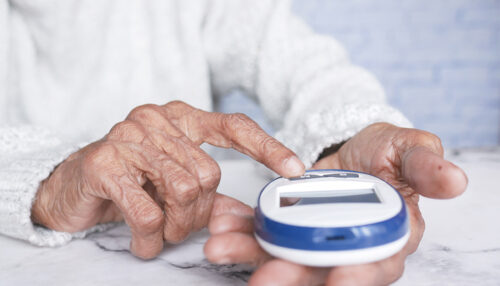
In type 2 diabetes mellitus (T2DM) the key pathologic factor is the persistence of high blood glucose which causes high blood insulin – the hormone responsible for glucose lowering. This leads to a decrease in insulin sensitivity (insulin resistance). In the prevention and treatment of T2DM, the most important factor is ensuring proper physical activity. […]
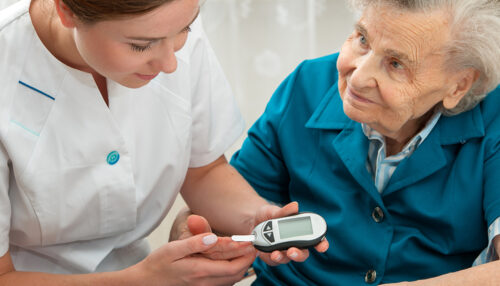
Although type 2 diabetes mellitus (T2DM) is characterized by impaired carbohydrate metabolism with impaired glucose lowering, patients, especially the elderly, are at a risk of the treatment-induced hypoglycaemia. They often suffer also from falls and depressive symptoms. Research shows that exercise training has an extremely positive effect on functional performance, glycemic control and mental well-being […]
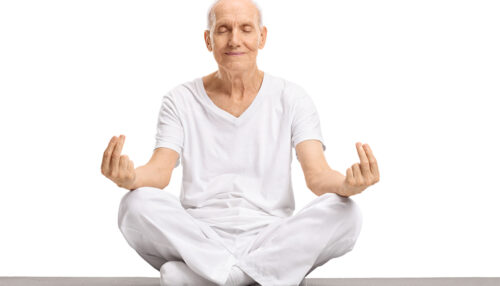
Whole-body vibration training (WBVT; a type of vibrotherapy) is often used in addition to conventional physical training, to improve skeletal muscle strength in both sports and rehabilitation. Recent studies have also shown that WBVT can be a useful form of exercise for improving cardiovascular function in the elderly and weak. However, the mechanisms underlying the […]
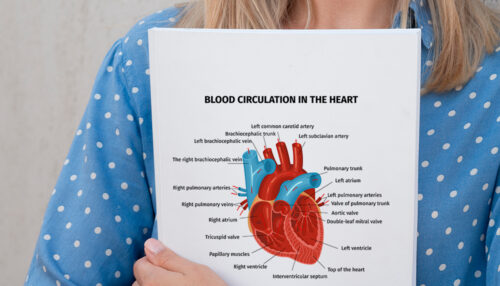
Medicine is still looking for effective therapeutic methods to prevent involutional changes, i.e. changes related to the loss of function or tissue atrophy. Vibrotherapy can be a promising form of systemic rehabilitation in this context, including oscillatory-cycloidal vibrotherapy (VOC), which Polish scientists from the A. Frycz Modrzewski Krakow Academy and the Medical University of Silesia […]
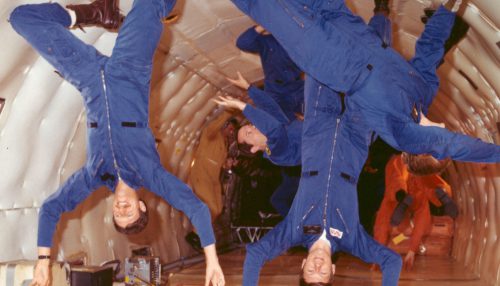
Muscle atrophy (mass loss) is a common problem in aging, neuromuscular diseases, or in reduced gravity. Using a laboratory model of chronic body disuse in the 60-day bed rest (BR) test, the global gene expression profile was analyzed for the first time in conjunction with proteomic analysis to map molecular adaptations in unused soleus muscle […]
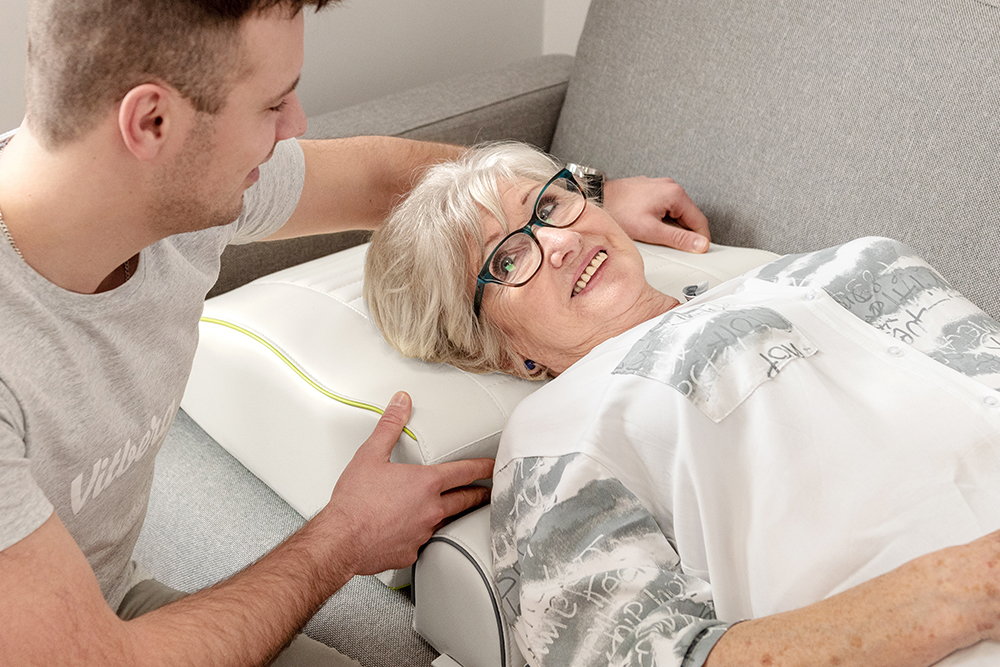
{The beneficial effect of whole-body vibration on fitness seems to be well-established in the literature, while its influence on the psyche is still under investigation. Therapeutic vibrations can be generated in several ways, for example: manually (by a physiotherapist) or by mechanical wave, including a sound wave. Editorial note} The aim of Japanese scientists from […]

It is widely accepted that physical activity is an effective therapeutic strategy in preventing and inhibiting the development of cardiovascular diseases. Recently, in the context of rehabilitation of the elderly, attention has been drawn to a specific “substitute” of physical activity – vibrotherapy. Whole body vibration (WBV) has the potential to replace physical activity by […]

